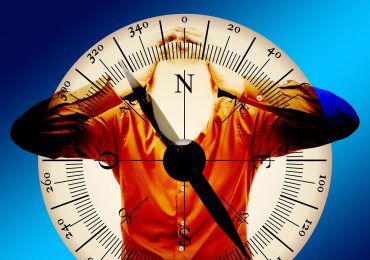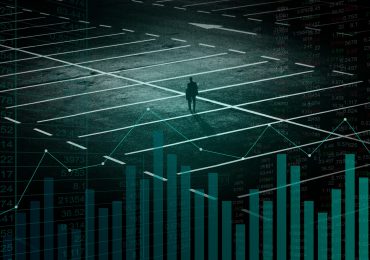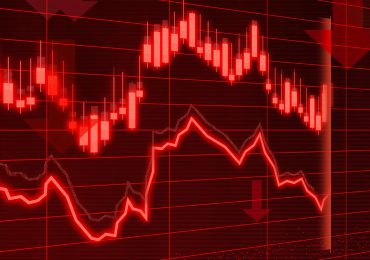A recent Barron’s article shares an interview with Evercore Wealth Management’s chief investment officer John Apruzzese, who believes that the market is reasonably valued.
He bases his view on the market’s real earnings yield—trailing 12-month inflation-adjusted earnings divided by price—instead of the more widely used price-earnings ratio. According to Ed Yardeni of Yardeni Associates, Apruzzese’s use of real earnings yield makes sense and “has a good track record.”
Barron’s talked to Apruzzese about the implications of this metric both in the near and long term. Here are some highlights:
- Apruzzese prefers to use real earnings yield because, he says, “inflation is absolutely crucial for long-term investors. It’s the most important macro factor.”
- Based on the real earnings yield metric, says Apruzzese, the market is not expensive. “The inflation rate has been at 2% for 15 years now,” he says. “We are in a long-term regime of 2% inflation. Last summer, everyone was saying that we have good economic and earnings growth, but the risk is that the market is too expensive. We tested that. We concluded that the market is at an average valuation.” He adds that the ten-year average CAPE (cyclically-adjusted price-earnings) ratio looks expensive because it includes 2008 and 2009. “As soon as that rolls forward, the P/E falls,” says Apruzzese.
- Based on the real earnings yield, says Apruzzese, today’s market is “almost exactly at its long-term average.” Although valuation, he explains, isn’t a good market-timing tool, it is a “check for the long-term. We’re investing for the long term. We are interested in the 10-year expected returns because it factors into what one’s allocation should be, versus other asset classes.”
- Regarding his general market outlook, Apruzzese says, “We have some concerns. In some respects, things can’t get better than they are. When do you get 20% earnings growth eight years into an economic expansion? Half of that is because of the tax cut, so earnings would have been up 10% anyway. Even in the best case, the growth rate will drop back down to 10%, at least.”








